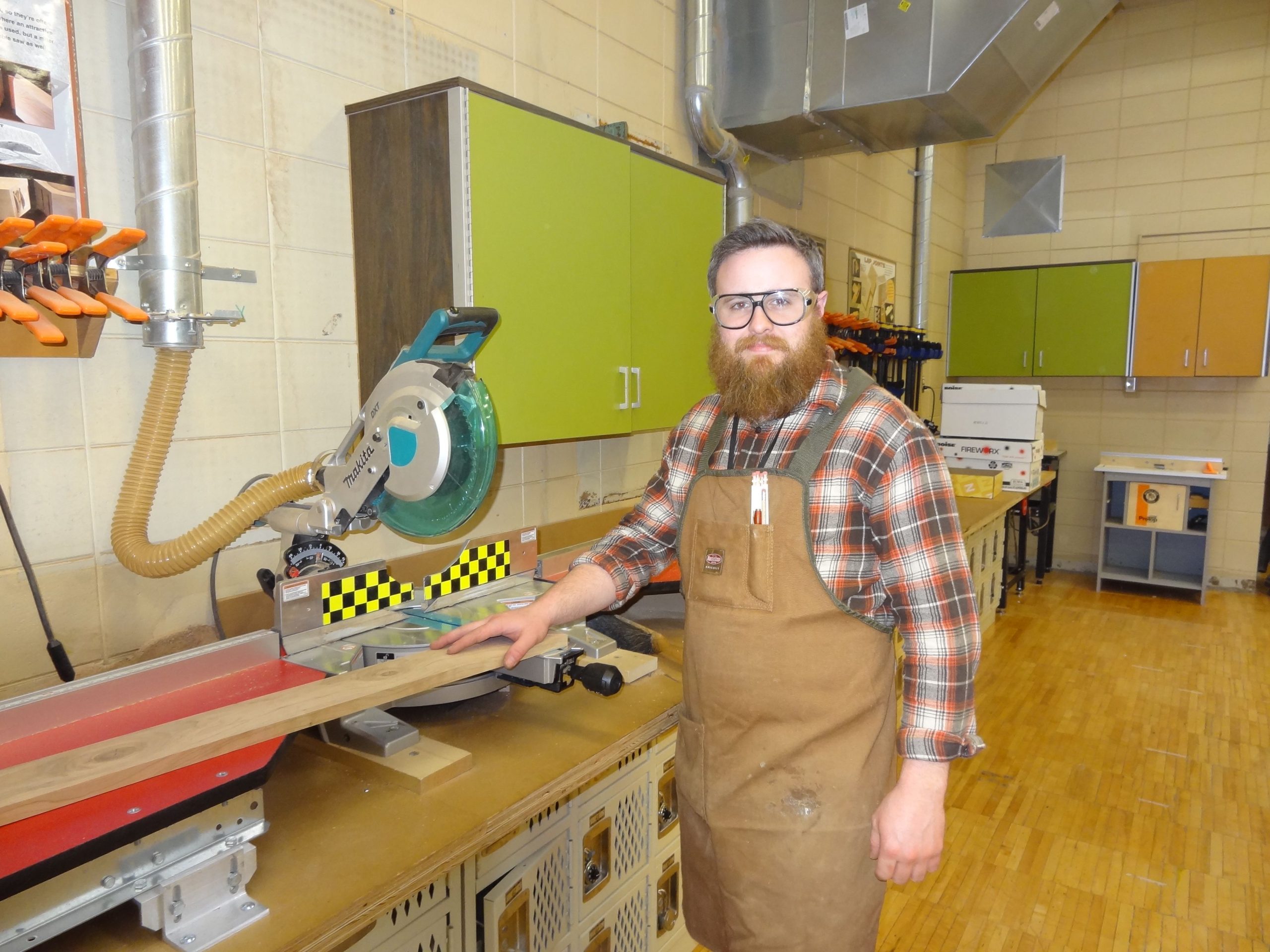Woodworking classes should teach safety practices such as proper tool usage and handling, understanding and implementing safety gear, and maintaining a clean and organized workspace to avoid accidents and injuries. Operating woodworking equipment safely, wearing protective gear, and keeping the working area tidy are essential skills that should be taught to ensure a safe woodworking environment.

Credit: www.popularmechanics.com
Frequently Asked Questions For What Safety Practices Should Be Taught In Woodworking Classes?
What Are The Safety Standards For Woodworking?
Woodworking safety standards include wearing protective gear, such as goggles and earplugs, using tools correctly, maintaining a clean work area, and following safety guidelines.
What Are The Safety Hazards In Woodwork?
Safety hazards in woodwork include: inhaling wood dust, sharp tools causing cuts, tripping hazards, and eye injuries.
What Safety Precautions Are Important In Carpentry Workshop?
Important safety precautions in a carpentry workshop include wearing safety goggles and gloves, using dust masks, and maintaining a clean and organized workspace.
What Are The Safety Precautions In A Workshop?
Safety precautions in a workshop include wearing protective gear, using tools correctly, following safety procedures, and maintaining a clean and organized workspace.
Conclusion
It is of utmost importance to prioritize safety practices in woodworking classes. By equipping students with the necessary knowledge and skills, accidents and injuries can be minimized. Emphasizing the proper use of personal protective equipment, such as safety goggles, gloves, and aprons, can significantly reduce the risk of harm.
Teaching students how to correctly handle tools and machinery, as well as the importance of maintaining a clean and organized workspace, are crucial aspects of promoting safety. In addition, encouraging open communication and providing ongoing supervision ensures that students understand and follow safety protocols.
By instilling a safety-conscious mindset from the start, woodworking classes can become a space where creativity can flourish in a secure environment. Whether pursuing woodworking as a hobby or profession, these safety practices will undoubtedly contribute to a more enjoyable and accident-free experience.

